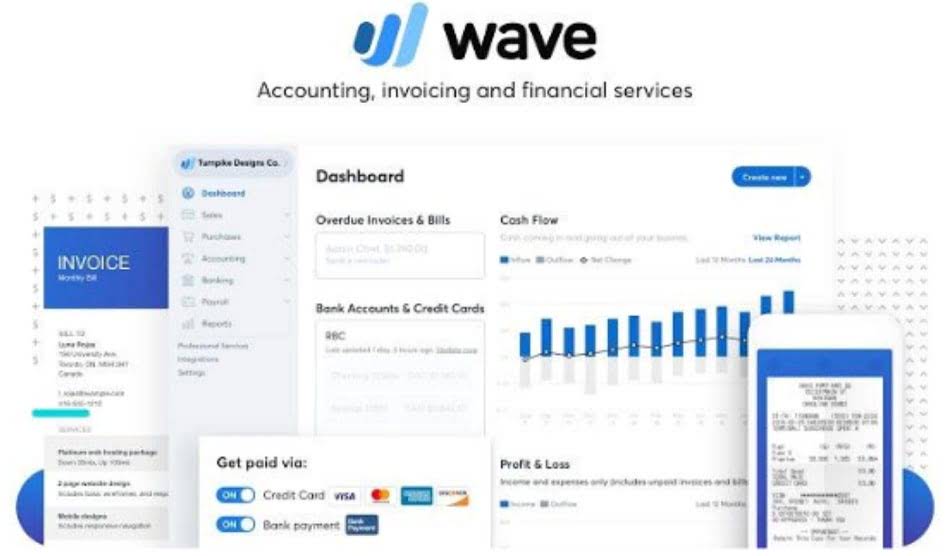
As with any financial statement analysis, it’s best to analyze the cash flow statement in tandem with the balance sheet and income statement to get a complete picture of a company’s financial health. The general format of the investing activities section is illustrated below. It is just an illustration, not a complete list of all cash inflows and outflows that may result from the investing activities of a company. During the year, it sold an old plant asset for $6,400 and purchased a tract of land for $1,500. The plant was purchased several years ago for $10,000 and was being depreciated using the straight-line method. The accumulated depreciation on the plant at the time of its sale was $4,000.
Cash Flow From Investing Activities: Explanation
The net cash flows generated from investing activities were $3.71 billion for the twelve months ending Sept. 30, 2023. Overall Apple had a positive cash flow from investing activity despite spending nearly $30 billion on the purchase of marketable securities. Cash flow from investing activities (CFI) is one of the sections of a company’s cash flow statement. It reports how much cash has been generated or spent from various investment-related activities in a specific period. While preparing the statement of cash flows, the treatment of amortization of intangible assets is similar to the treatment of depreciation on fixed assets.
What are the main components of cash flow from investing activities?

Investing activities are one of the main categories of net cash activities that businesses report on the cash flow statement. Investing activities in accounting refers to the purchase and sale of long-term assets and other business investments, within a specific reporting period. A business’s reported investing activities give insights into the total investment gains and losses it experienced during a defined period. Investing activities are a crucial component of a company’s cash flow statement, which reports the cash that’s earned and spent over a certain period of time.
Get Your Questions Answered and Book a Free Call if Necessary
- The CFI section of a company’s statement of Cash Flows includes cash paid for PPE.
- As with any financial statement analysis, it’s best to analyze the cash flow statement in tandem with the balance sheet and income statement to get a complete picture of a company’s financial health.
- A reduction, on the other hand, signifies that the asset has been sold during the period.
- On CFS, investing activities are reported between operating activities and financing activities.
- This noncash investing and financing transaction was inadvertently included in both the financing section as a source of cash, and the investing section as a use of cash.
- The cash flow statement bridges the gap between the income statement and the balance sheet by showing how much cash is generated or spent on operating, investing, and financing activities for a specific period.
- Because of the misplacement of the transaction, the calculation of free cash flow by outside analysts could be affected significantly.
Investments can be made to generate income on their own, or they may be long-term investments in the health or https://www.bookstime.com/articles/daycare-accounting performance of the company. A change to property, plant, and equipment (PPE), a large line item on the balance sheet, is considered an investing activity. When investors and analysts want to know how much a company spends on PPE, they can look for the sources and uses of funds in the investing section of the cash flow statement.


It can indicate that significant amounts of cash have been invested in the long-term health of the company, such as research and which of the following is an investing activity? development. While this may lead to short-term losses, the long-term result could be significant growth and gains if those investments are managed well. The loans and advances given to others are investing activities, and the cash outflows resulting from such activities are shown in the investing activities section. The collection of such loans and advances are also investing activities, with the exception of any interest received thereon. The interest earned on loans and advances is reported in the statement of cash flows as described above.
Sale and purchase of investments

This noncash investing and financing transaction was inadvertently included in both the financing section as a source of cash, and the investing section as a use of cash. Investing activities often refers to the cash flows from investing activities, which is one of the three main sections of the statement of cash flows (or SCF or cash flow statement). The acquisition or sale of long-term assets and investments during a specific period can be determined by analyzing their opening and closing balances.
What Is Cash Flow From Investing Activities?
- Along with this, expenditures in property, plant, and equipment fall within this category as they are a long-term investment in the company’s operations.
- While this signals a negative cash flow from investing activities in the short term, it may help the company generate cash flow in the longer term.
- The holder of such instruments is generally entitled to receive periodic interest income at some specified rate.
- For the past 52 years, Harold Averkamp (CPA, MBA) hasworked as an accounting supervisor, manager, consultant, university instructor, and innovator in teaching accounting online.
- Finance Strategists has an advertising relationship with some of the companies included on this website.
The three sections of Apple’s statement of cash flows are listed with operating activities at the top and financing activities at the bottom of the statement. Because of the misplacement of the transaction, the calculation of free cash flow by outside https://www.facebook.com/BooksTimeInc/ analysts could be affected significantly. Free cash flow is calculated as cash flow from operating activities, reduced by capital expenditures, the value for which is normally obtained from the investing section of the statement of cash flows. As their manager, would you treat the accountants’ error as a harmless misclassification, or as a major blunder on their part? The patent is being amortized over its economic useful life of 5 years using a straight-line method.
